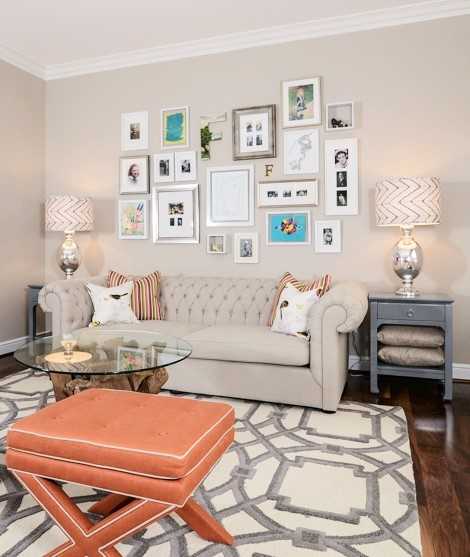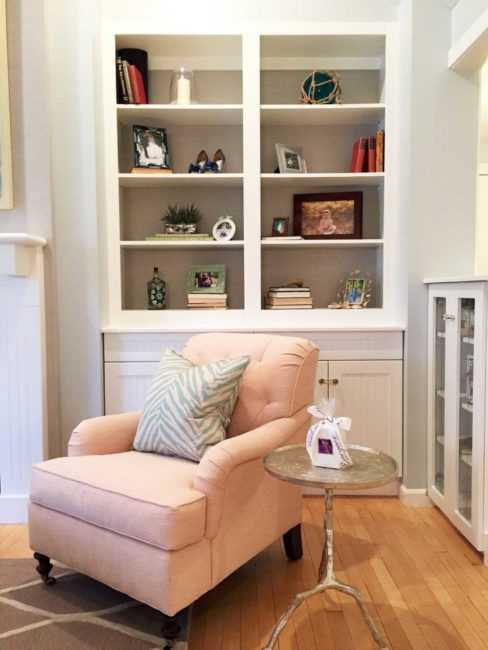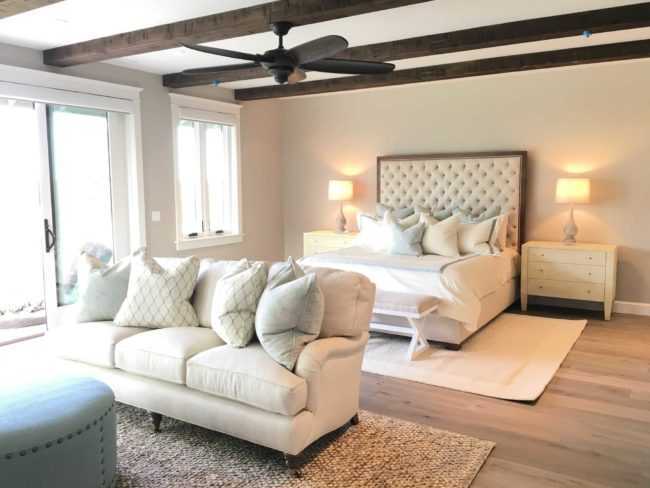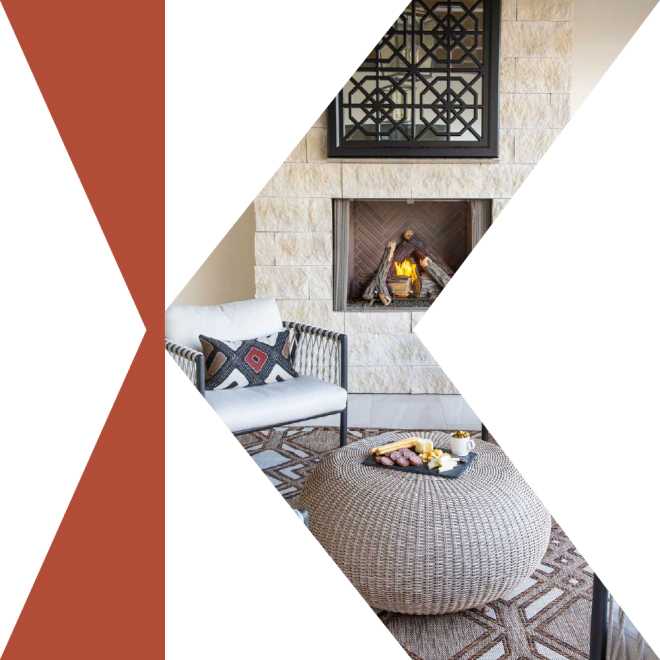 While we were in High Point, North Carolina for our new company’s launch, the debut of a rug line, and all things interior design, we stopped by a panel to share some of insight into mixing high and low price point items in our designs. Read on for some of our favorite sound bites:
While we were in High Point, North Carolina for our new company’s launch, the debut of a rug line, and all things interior design, we stopped by a panel to share some of insight into mixing high and low price point items in our designs. Read on for some of our favorite sound bites:
Q: Helping clients define their style can be tricky. Definitions of design styles can vary from person to person. When a client asks you for a certain style, how do you decipher what that means to them?
A: Typically we show a lot of pictures (via Pinterest, Houzz, etc.). Often we’ve found that someone who thinks they’re modern or contemporary is actually transitional.
When a client wants to incorporate existing furnishings in the design, how do you do that successfully especially if they really want to change their look?
We try to understand what the piece is for. Is it for sentimental value? For the budget? If we do keep the piece, we can always update it via recovering or refinishing to incorporate it into the new look our client wants.
What if your client doesn’t care if the products are ‘Made in the USA,’ Eco-friendly, or locally sourced? Do you still use those resources?
We do at Kerrie Kelly Design Lab as we feel that that is a part of our design offering. We believe in a mix of high and low price points. That often means taking client’s existing items and then adding something new, as local or as eco-friendly as possible.
How do you ensure the interiors you design are current yet classic and timeless?
We like to set a timeless backdrop through paint, window coverings, and even rugs. Then we have a little more fun with accent pieces pillows, lighting, and artwork.
 Let’s talk budget. If a client comes to you with a budget that really won’t pay for what they’d like, how do you council them to use their budget well?
Let’s talk budget. If a client comes to you with a budget that really won’t pay for what they’d like, how do you council them to use their budget well?
We typically offer a road map for the client to create an overall aesthetic. That way when they do have the time or resources, they can chip away to ultimately have the look they desire.
When you have a healthy budget, or none at all, how do you keep from specifying all high end? Or do you?
I believe it’s our job as designers to be creative. While that sometimes means purchasing new items, it can also mean rediscovering the items that clients already own and using them in an entirely new way. Paint, fabrics, and existing accessories are all considerations when working on a small budget.
What are your clients asking for at the moment, design-wise?
Our clients are asking for timeless interiors that are livable so that they can have wine parties with friends and family and pets roaming throughout the home. We like to help them create a space that everyone can enjoy.
How do you mix styles but keep it well edited and uncluttered?
If you’re working with us and look at our portfolio, you’ll understand that our aesthetic is edited to start. Typically by offering a merchandising package to our clients we ask them to select existing pieces that are important to them and that they have to have in their space. When their furniture and accessories are delivered, we ask they they are not onsite while we put together the look and then we unveil their newly styled space to them.
What are your thoughts on trends? How do you satisfy the desires of your clients, stay true to your aesthetic, and avoid being quickly outdated?
While we follow trends, we also spin them into a version that’s usable for the typical homeowner. Just as we see fashions come down the runway, they are often interpreted in a more approachable and functional way thereafter.
Curated is a word you hear a lot in design. What does that mean to you? How do you do that if you’re working with anew furnishings or new to the client?
Curated for us means that we are telling our client’s design story. Even with new furnishings we strive to put family pictures in frames, take the dust jackets off a book collection, and display collected pieces from travels, to give the space authenticity and personality.
Let’s talk about art for a moment. Originals or not? Mixing traditional with contemporary– Yes or no?
We mix originals with lithographs with pieces from wholesalers, along with family photos and heirloom pieces. We believe that this helps tell the family’s unique story. We absolutely love mixing traditional elements with modern accents as it creates warmth and personality.
How do you incorporate antiques into your designs?
We often use antiques to accent a space. Artwork, side chairs, and found items provide unique textures and colors and go back to the history of those that are living in the space.
How much does the architecture influence your design? For example, what if the architecture says regal but your clients wants to keep it casual? How do you mix the two?
With regal architecture, you’re able to let the bones of the home speak for itself. By adding modern or relaxed style to the space, the architecture shines while also keeping the look warm and edited.
Bookcases are great places for clutter. How do you keep those well edited?
It’s an ongoing process for a homeowner. If you think of it more as artwork or a backdrop to a space, though, its sometimes easier to maintain. Typically our bookcases are filled with a compilation of books, accessories, and art so as to discourage clutter from trickling in.


